News

Florence Millet - Eco-friendly photographer
Florence Millet began her career as a software package trainer, before becoming chief accountant, coach and then HR manager. Passionate about photography since childhood, she decided in 2022 to take the "Becoming a photographer, essential practices" course at GOBELINS.
Today, as a professional photographer, she is committed to environmentally-friendly photography.
How did you get into photography?
My paternal grandfather was a photographer, and we all grew up surrounded by it. As a teenager, I dreamed of becoming a photojournalist, but I couldn't get into the school I wanted to go to: Sciences Po Paris.
I followed my love of languages and went to Liverpool on an Erasmus course. I then worked all over the world as amarketing assistant, then as a software package trainer, before joining a Swiss multinational where I was able to develop in several areas, including HR. It was there that I obtained an Exec Master at Sciences Po Paris- finally! At the same time, I' ve always continued to feed myself with photography: courses, readings, exhibitions, meetings and lots of practice.
As an HR manager, the confinement of my job shook me to the core: I had to dismiss employees by camera, which I couldn't bear. The burn out that followed pushed me to delve into my roots , and I decided to follow my childhood dream.
After a course in entrepreneurship with the Chambre des métiers to validate my project, I joined the Devenir photographe, les pratiques indispensables course at GOBELINS in February 2022. I launched my limited liability company "Coffeelter" at the same time.
My previous experience had prepared me well for this profession of photographer (computer skills, experience in accounting, management, coaching and even prospecting).
I've never stopped taking photos, initially in film and then mainly in digital.
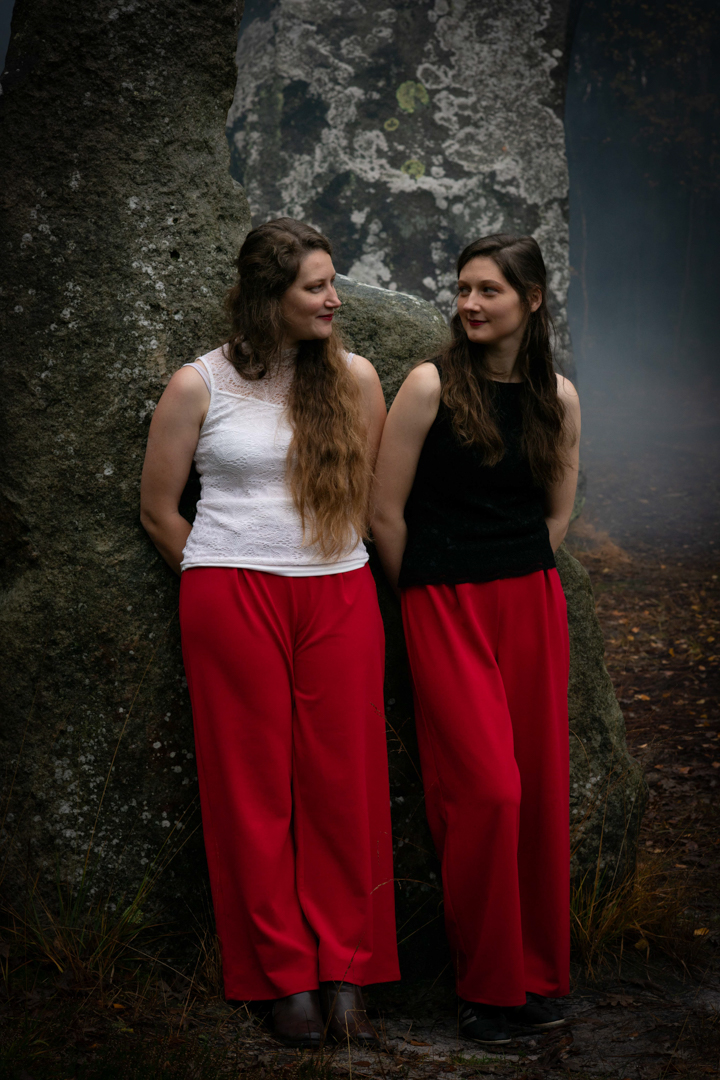
Portrait outdoor theater "Solsequia le regard" - "Rêvéalité" series - ©Florence Millet
Can you tell us more about eco-friendly photography?
It's a concept that's still relatively undeveloped in France. In my opinion,the image professions have a real role to play in terms of eco-responsibility.
The entire creative chain is scrutinized to measure its impact on the planet, from the choice of equipment, shooting methods and sharing with clients, formats depending on the final media (web or print), to thehosting and storage of our photos.
We're witnessing an over-consumption of images, and all too often images with a heavy carbon footprint, when HD isn't always useful. I aspire to more sustainable consumption, and ultimately the decarbonization of the image industry.
Just as fashion is facing the scourge of "fast-fashion", photography is also in turmoil with the proliferation of sharing and short-term viewing platforms, what I call " fast photography ". Servers are heating up, and the planet is suffering.
But being eco-friendly doesn't just happen! It's a transparent commitment to continuous improvement with suppliers and customers alike, andI've opted for the "eco-challenge" label with the CMA, which has to be renewed every 2 years.
I'm also working with my regional trade federation to make collective progress on the subject.

Portrait Emilie Launay - ©Florence Millet
Why did you choose to specialize in eco-friendly photography?
As an entrepreneur, I take the impact of my activity on the environment very seriously , and I feel I have a duty to be accountable to them.
This guiding principle was already present during my entrepreneurial career, and I've built my entire business on this DNA.
I try to take concrete action at every opportunity. I question my suppliers on how to optimize energy or resource expenditure; recently I decided to rationalize print formatsto drastically reduce paper wastage.
For print orders, I favor Fine Art paper, not only for its artistic and durable qualities, but also for its reduced impact on the environment. My customers are quite receptive to the principles I enunciate, and some come knocking at my door for this very reason.
This commitment is deeply rooted in me, and I'm happy to be a spokesperson for the Eco-défis label, as it's a genuine CSR tool.
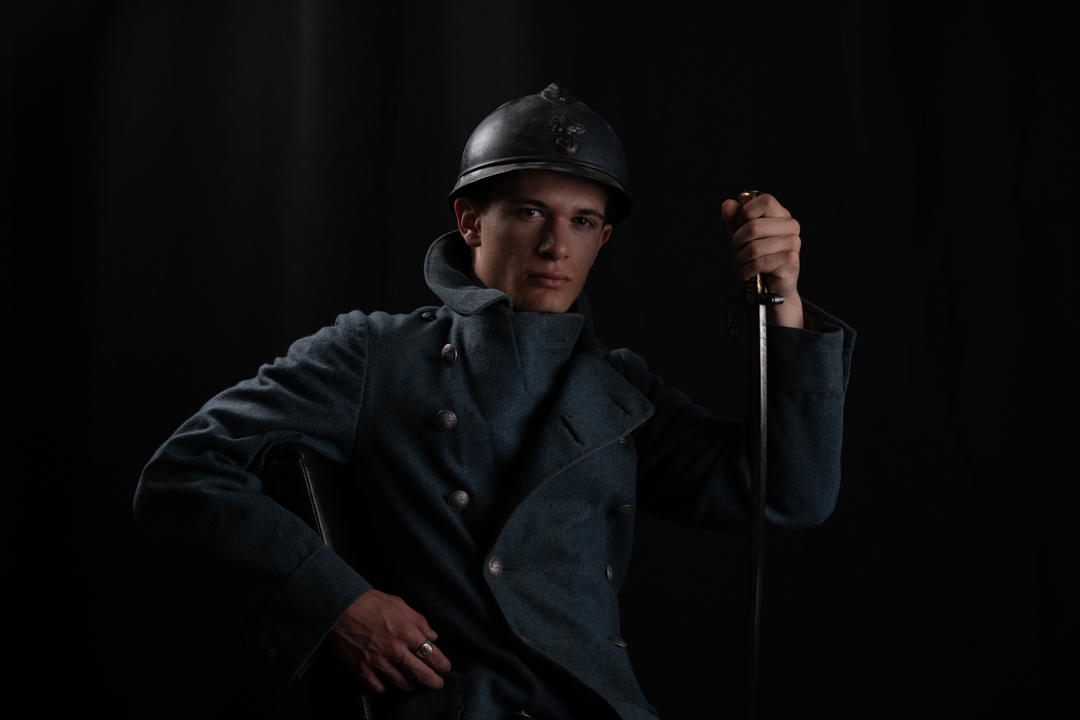
Portrait théatralisation "16 en 23" - "Rêvéalité" series - ©Florence Millet
What kind of services do you offer?
I live in a village of 1,500 inhabitants, so I became a "generalist" photographer inspired by country doctors.
Since the creation of my studio, my services have been constantly evolving. I also offer copywriting services in French and English. I sometimes combine images with text, particularly for craftsmen.
I accompany both professionals and private individuals for portraits (studio or outdoor), with or without dramatization, business reports, sports or cultural events, ANTS-compliant ID photos and, occasionally, family events. I also offer "boudoir" sessions, pregnancy & birth and pet portraits.
I've invested in quality equipment and I have a lot of unregistered competitors, so it's not always easy to set rates, butI'm fighting for a fee that's commensurate with our work as professional photographers.

Still life leather goods - ©Florence Millet
Why did you decide to take the "Becoming a photographer, essential practices" course?
As soon as I decided to go professional, I knew I wanted to apply to GOBELINS. For me, the certification was a real plus for standing out from my competitors.
I learned a lot from the various people involved. Once I'd set up my studio, I discovered that every element shared was a real lever for me: the sound advice, the awareness of the iconographer's profession, the equipment tests, the reports, the studio, the editing, the post-production, the printing, the calibration, the legal aspects etc... everything was useful and continues to be useful to me on a daily basis.
Personally, the course gave me the oxygen my burn-out had deprived me of. Professionally, it convinced me that I had to take the plunge and go further.
Being part of the GOBELINS alumni community is a real asset, as I am in contact with my clients, my suppliers and my wider community of photographers. It's been a great place to meet people, both trainees and teachers. I'm waiting to have a bit of time to do Level 2: "Professionalize your practice". I'mstill thirsty to learn!
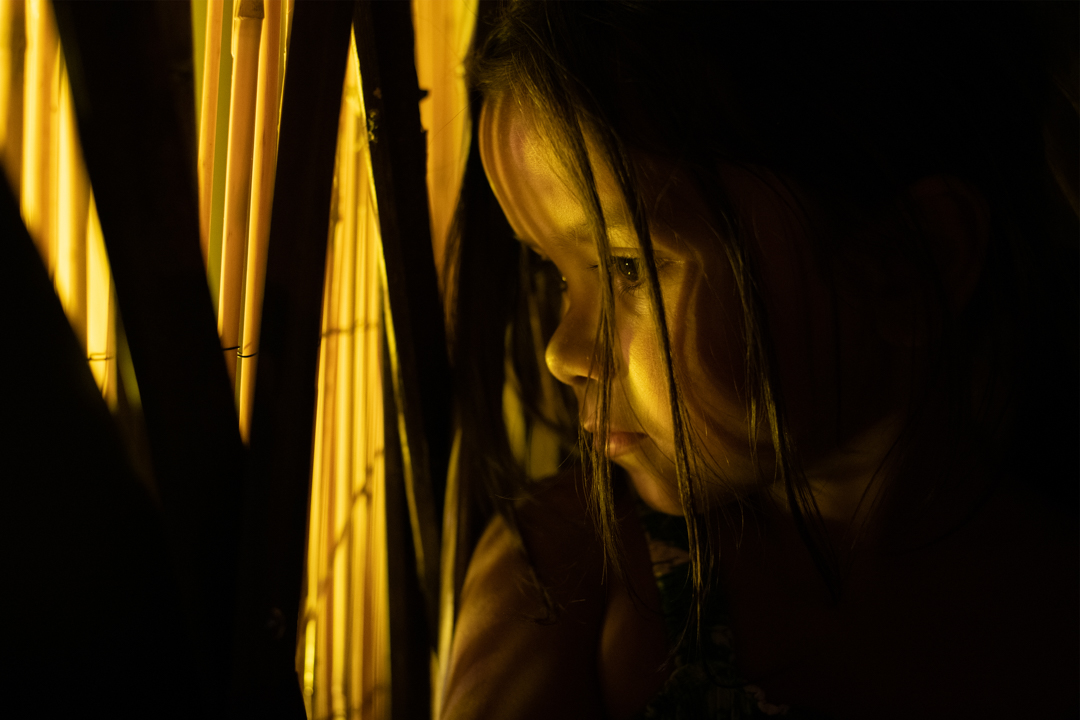
Portrait Eva Yellow - "Monochrome 14" series - ©FlorenceMillet
What do you like best about your job?
The variety of projects ! In the same week, I can be doing identity photos for EPHAD, a boudoir session, a trade report, responding to a call for tenders for the department, welcoming a trainee and taking part in a conference on eco-responsibility.
It's not a rosy picture every day, and as a hard worker by nature, I don't count my hours, even less than when I was a salaried employee. But building a business in my own image is a very gratifying and stimulating experience.
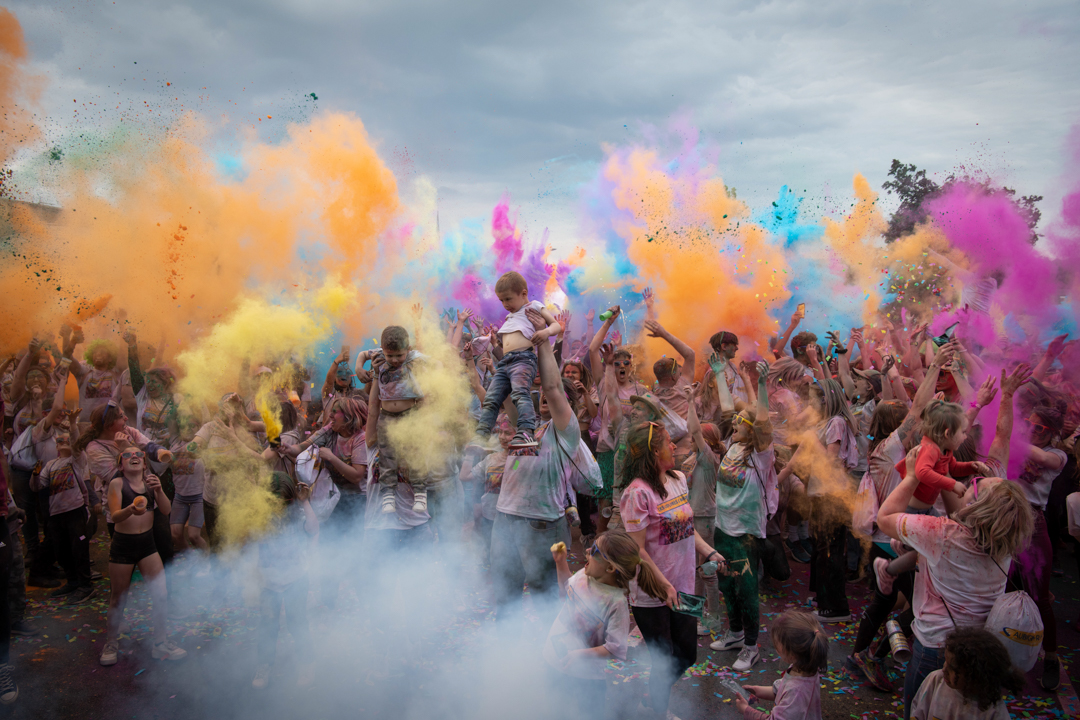
Final des colorés 2023 - ©Florence Millet
Which project has had the greatest impact on you?
In 2011, I did my first photo report in Dakar at a no-knock wrestling competition. There was a lot of dust in the arena, but I loved covering the event, surrounded by talented and impressive athletes.
In 2023, at the request of the Aubigné-Racan town council, I covered the 2nd edition of the local "run color" called "les colorés d'Aubigné". Technically, I had a lot to secure: avoid damage to the boxes with the color powder, focus on unusual and emotional portraits on a 5 km course with 3 speeds (running, walking, strollers) and go fast, very fast, and this for nearly 8 hours.
With the organizing committee, we had agreed to launch a whole teaser campaign in advance, during which I was given carte blanche for the AD. In all, we did 9 episodes to build anticipation and attract registrations.
My photos were shared on numerous media: social networks, the town hall magazine, websites, etc., with photo credits. This project has been a fantastic springboard for me as a photographer. I felt I was fully included in the project and had a great role to play.

Portrait Roland Castro - ©Florence Millet
Can you tell us a good memory of the course?
I think my favorite part was the week in the studio. The instructor, Christophe Rambert, was exceptional.
Working on product photos, still life and portraits was an eye opener for medium format, which I now also practice.
Putting technique at the service of art is profoundly demanding. I loved the ongoing rigor and creativity of the course.
What advice would you give to a young photographer?
My only advice is to always believe, stay humble and practice as much as possible. Pushing doors only works if you know what you can contribute.
 3
3
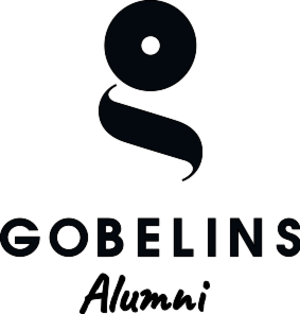











No comment
Log in to post comment. Log in.